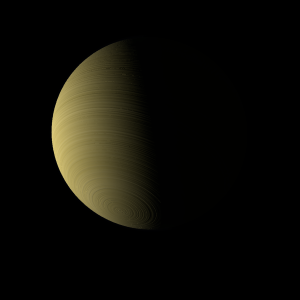|
|
Space Astro
|
Info for exoplanet "Lassa"
| Scientific (actual) data |
|---|
| Name | WASP-140 Ab |
| Planet status | Confirmed |
| Planet mass | 2.44 |
| Radius | 1.44 |
| Orbital period | 2.23598 |
| Semi major axis | 0.0323 |
| Orbit eccentricity | 0.047 |
| Inclination | 83.3 |
| Discovered | 2016 |
| Updated | 2024-08-01 |
| Omega | 356 |
| Impact parameter | 0.99 |
| K | 403 |
| Temperature (kelvin) | 1320 |
| Publication | Published in a refereed paper |
| Detection type | Primary Transit |
| Mass measurement type | Radial Velocity |
| Radius measurement type | Primary Transit |
| Alternate names | TOI-418.01 |
| Star name | WASP-140 A |
| Right ascension | 60.39° |
| Declination | -20.45° |
| Mag v | 11.12 |
| Mag j | 9.6 |
| Mag h | 9.24 |
| Mag k | 9.16 |
| Star distance | 180 |
| Star metallicity | 0.12 |
| Star mass | 0.9 |
| Star radius | 0.87 |
| Star sp type | K0V |
| Star age | 1.6 |
| Star temperature | 5260 |
| Star alternate names | BD-20 761, TOI-418 |
| Wikipedia article | WASP-140 Ab |
Back
| |
| Fictional info (?) |
|---|
| Suggested name | Lassa |
| Planet type | Large hot gas giant |
| Its orbital period around WASP-140 A of 2.2 earth days is the shortest of all the planets in its solar system.
The planet telescopically displays the complete range of phases, similar to Venus and the Moon, as it moves in its inner orbit relative to WASP-140 A, which reoccurs over the so-called synodic period approximately every 116 days.
It has the densest atmosphere of any large hot gas giants, consisting primarily of sulfur dioxide.
The volume of water detected has been estimated to be equivalent to the volume of water in Lake Superior.
The outer atmosphere is visibly segregated into several bands at different latitudes, resulting in turbulence and storms along their interacting boundaries.
Wind speeds can reach 113 metres per second. |
| Atmosphere | Sulfur dioxide | 57% |
| Carbon monoxide | 43% |
| Xenon | 0.026% |
| Atmospheric pressure | 2.1 bar |
 |
| No known satellites |
| Google search for Lassa |
|
Website by Joachim Michaelis
|
|
|
|